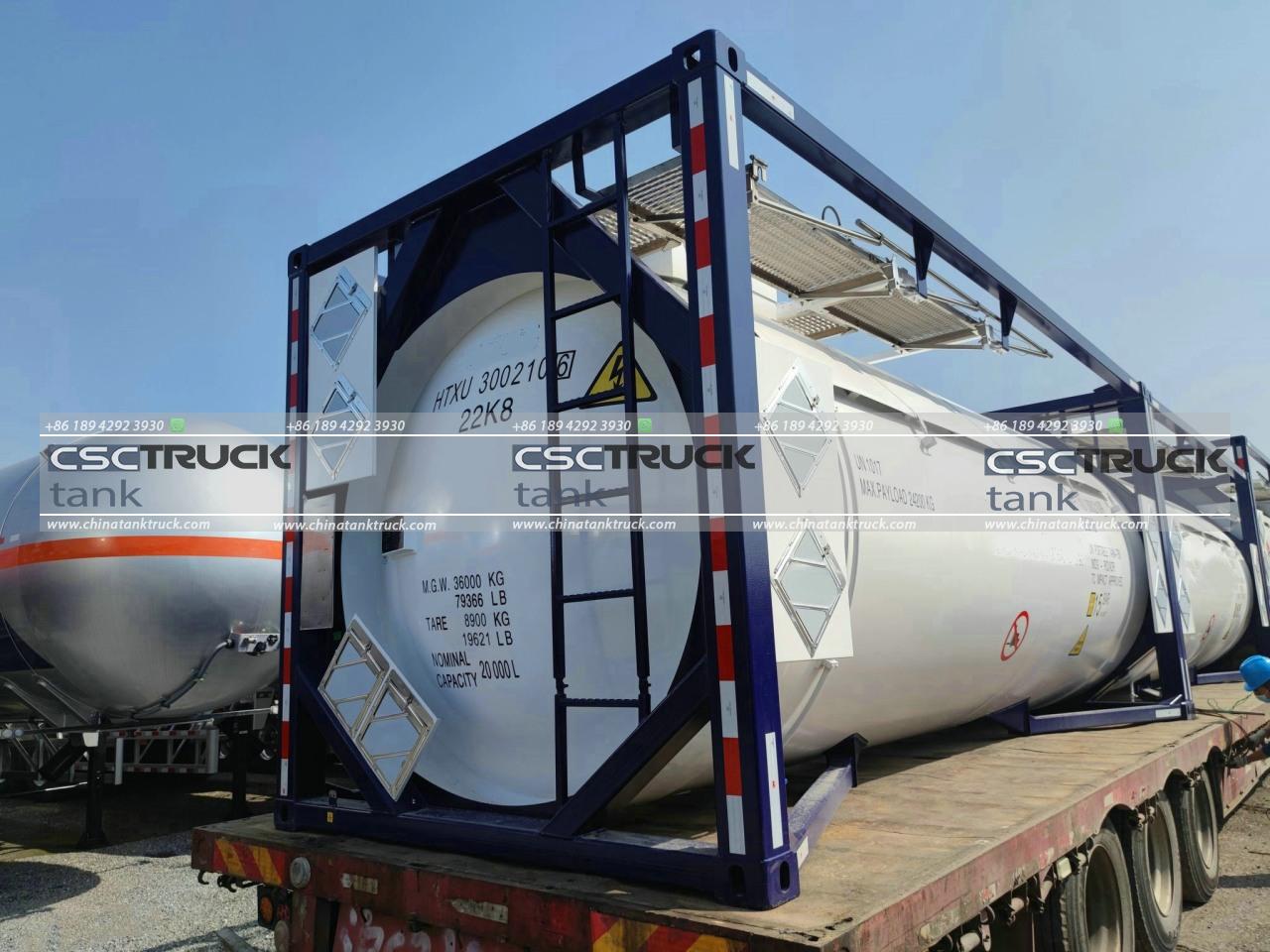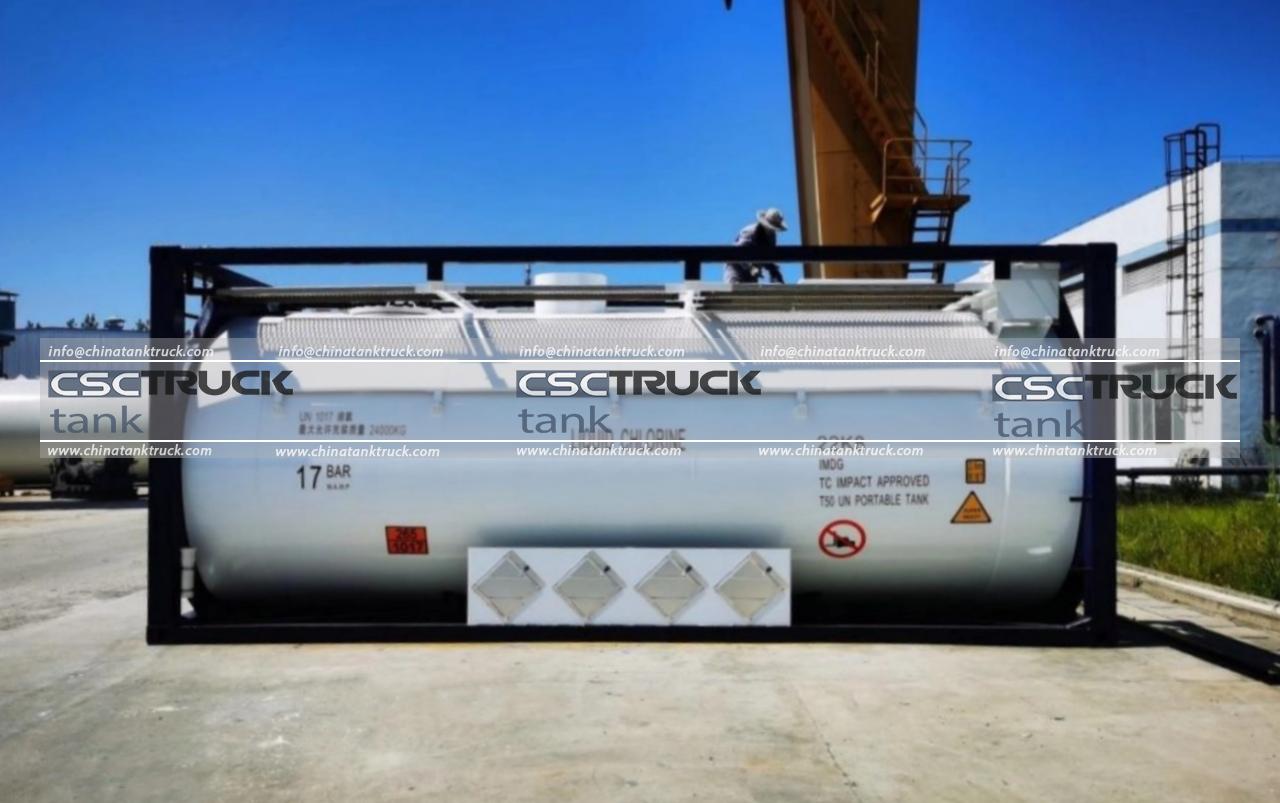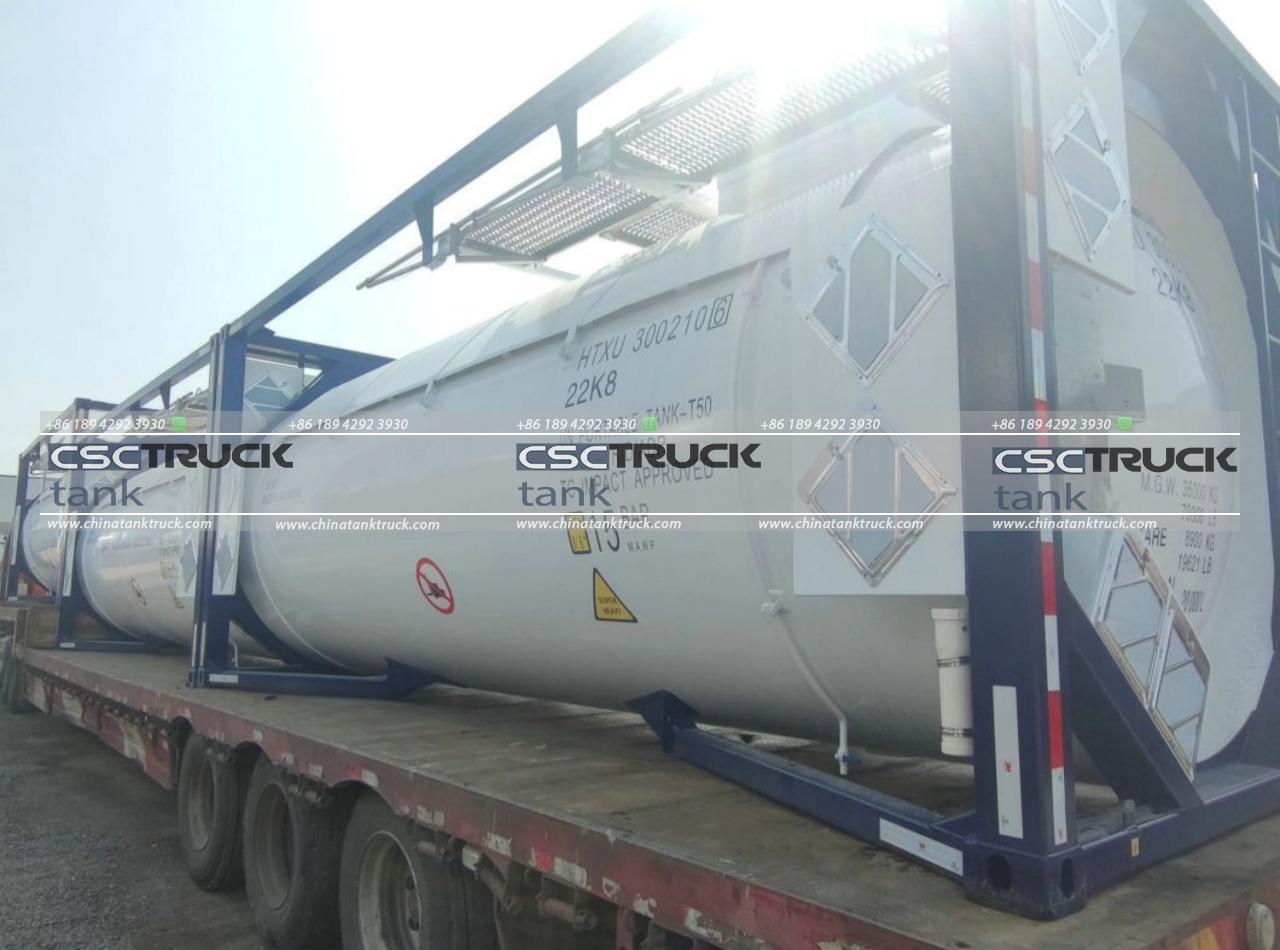What is the Difference Between ISO and DNV Containers?
Containers play a crucial role in global transportation, logistics, and the oil and gas industry. The need to move goods efficiently, safely, and securely has led to the development of international standards that govern the design and manufacturing of these containers. Among the most recognized standards are those set by the International Organization for Standardization (ISO) and Det Norske Veritas (DNV), now part of DNV GL. While both ISO and DNV containers serve essential functions, they are designed to meet specific industry requirements and operate in different environments. This article explores the key differences between ISO and DNV containers, shedding light on their respective uses, specifications, and benefits.
1. Purpose and Applications
One of the primary differences between ISO and DNV containers lies in their intended use and the industries they serve.
– ISO Containers: ISO containers, also known as shipping containers or intermodal containers, are standardized according to ISO 668 and other relevant ISO standards. These containers are primarily used in the global shipping industry for transporting goods across various modes of transport—such as ships, trains, and trucks—without needing to unload and reload the cargo. ISO containers are designed for general-purpose use, including dry cargo, refrigerated goods, and liquid transport.
– DNV Containers: On the other hand, DNV containers are specialized containers specifically designed for offshore operations, particularly in the oil and gas industry. They are built to meet the DNV 2.7-1 standard, which ensures they can withstand the harsh conditions encountered on offshore platforms and in marine environments. These containers are commonly used for transporting equipment, tools, and materials to and from offshore oil rigs, vessels, and other marine installations. Safety, durability, and protection from corrosion and extreme weather conditions are top priorities in DNV containers.

2. Design Standards and Certifications
The standards and certification processes for ISO and DNV containers differ significantly due to their distinct functions.
– ISO Containers: As mentioned earlier, ISO containers adhere to a set of standardized dimensions and specifications established by the International Organization for Standardization (ISO). The key standard, ISO 668, defines the sizes and types of containers. These containers are built with a uniform structure to facilitate seamless transportation across various modes of transport. ISO containers are also certified by 3rd-party agencies to ensure compliance with ISO standards, which cover aspects like safety, strength, stacking, and handling.
– DNV Containers: DNV containers, conversely, must comply with DNV GL’s 2.7-1 standard for offshore containers. This standard is much more stringent than ISO regulations due to the unique risks and operational challenges associated with offshore environments. DNV containers are subject to rigorous testing to ensure they can withstand extreme conditions, including heavy impacts, rough handling, and severe weather. They are also equipped with special features such as reinforced corner castings, protective coatings to resist corrosion, and structural designs that enhance safety and durability. Certification is provided by DNV GL or other recognized classification societies.
3. Structural Differences
Because of their different purposes, ISO and DNV containers vary in terms of structure, materials, and design.
– ISO Containers: ISO containers are typically made from corrugated steel or aluminum and come in standardized sizes such as 20 feet, 40 feet, and 45 feet in length, with widths and heights also being consistent across all containers. The uniform design allows for efficient stacking, handling, and transportation. While ISO containers are durable and capable of withstanding typical shipping conditions, they are not designed for the extreme stresses that offshore operations demand. They are generally lighter in weight compared to DNV containers, making them suitable for global trade and logistics but less appropriate for high-impact or hazardous environments.
– DNV Containers: In contrast, DNV containers are specifically designed to endure harsh marine environments and the extreme conditions encountered on offshore oil and gas platforms. These containers are typically smaller than ISO containers and are built with thicker steel walls and reinforced structures to provide additional strength and impact resistance. DNV containers also feature slings and pad eyes for lifting by cranes, a critical requirement for offshore handling. The containers may have additional safety features such as fireproofing and secure fastening systems to prevent shifting during rough seas. Moreover, DNV containers often come equipped with internal tie-down points to secure cargo more effectively during transit in challenging environments.

4. Safety and Operational Considerations
Safety is a key concern for both ISO and DNV containers, but the operational environments in which they are used dictate different safety priorities.
– ISO Containers: While ISO containers are designed to be safe for use in global shipping, they are not built to endure the same level of stress as DNV containers. ISO containers must meet standards for stacking and securing during transport, and they are fitted with standardized locking mechanisms to prevent accidents. However, they are not generally equipped with features designed specifically for hazardous or extreme environments. The safety considerations for ISO containers revolve mainly around ease of handling, structural integrity during stacking, and secure locking systems.
– DNV Containers: DNV containers, on the other hand, are subject to much stricter safety requirements due to the hazardous conditions in which they operate. They are designed to be lifted by cranes, which means they must be built with strong, secure lifting points (pad eyes) and robust structural integrity to handle dynamic loads during lifting. Furthermore, DNV containers often include features such as fire-resistant materials, pressure relief systems, and specialized seals to ensure the safety of personnel and equipment in offshore settings. These containers undergo rigorous testing, including drop tests, impact tests, and load tests, to ensure they can withstand the challenging conditions of offshore operations.
5. Cost and Availability
The cost of ISO and DNV containers can also differ significantly, with several factors influencing their price.
– ISO Containers: Due to their standardized design and widespread use in global trade, ISO containers are generally more affordable and more widely available. Mass production and the use of standard materials help keep costs low. The simplicity of their design and the absence of specialized features make them an economical choice for shipping a variety of goods across multiple modes of transport.
– DNV Containers: DNV containers are typically more expensive due to their specialized construction, rigorous testing, and compliance with stringent offshore standards. The materials used are often of higher grade to ensure corrosion resistance and impact strength, which increases the cost of manufacturing. Additionally, the smaller production volumes of DNV containers, as compared to ISO containers, further contribute to their higher price.

Conclusion
While ISO and DNV containers may seem similar at first glance, they serve distinct purposes and are designed to meet very different standards. ISO containers are the backbone of the global shipping industry, providing a standardized, efficient solution for transporting goods across multiple modes of transportation. In contrast, DNV containers are tailored for the oil and gas industry, designed to withstand the harsh conditions of offshore environments and ensure the safe transportation of equipment and materials. Understanding the differences between these 2 types of containers is essential for choosing the right container for specific applications, whether for global logistics or offshore operations.

